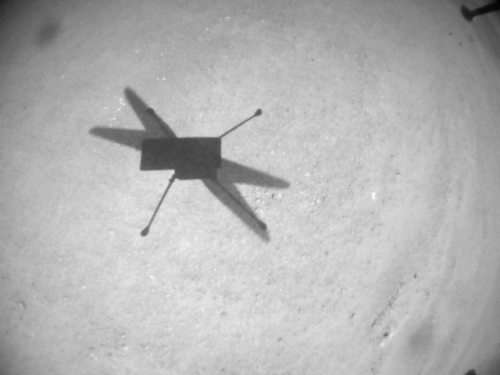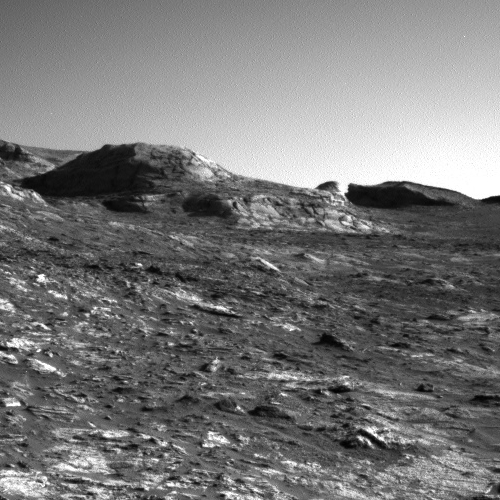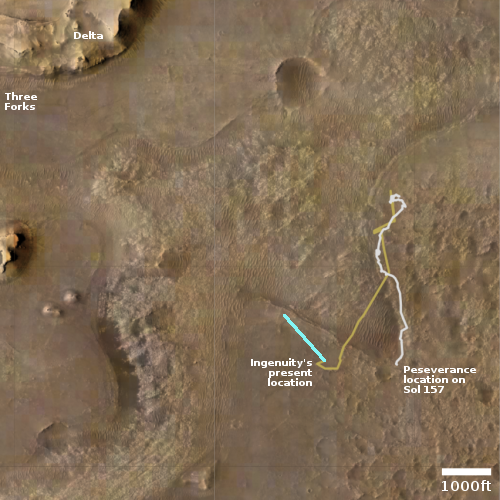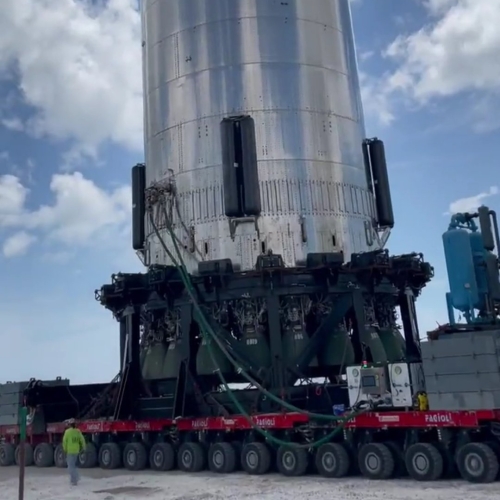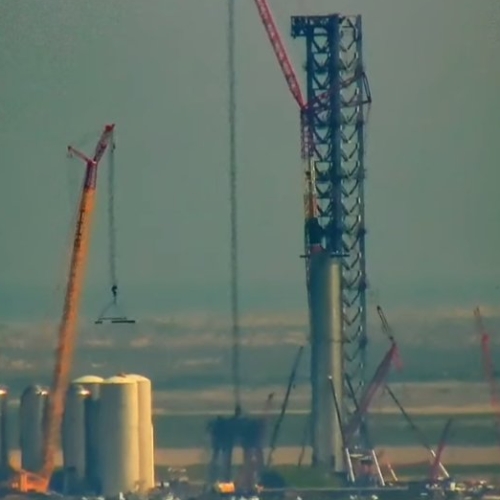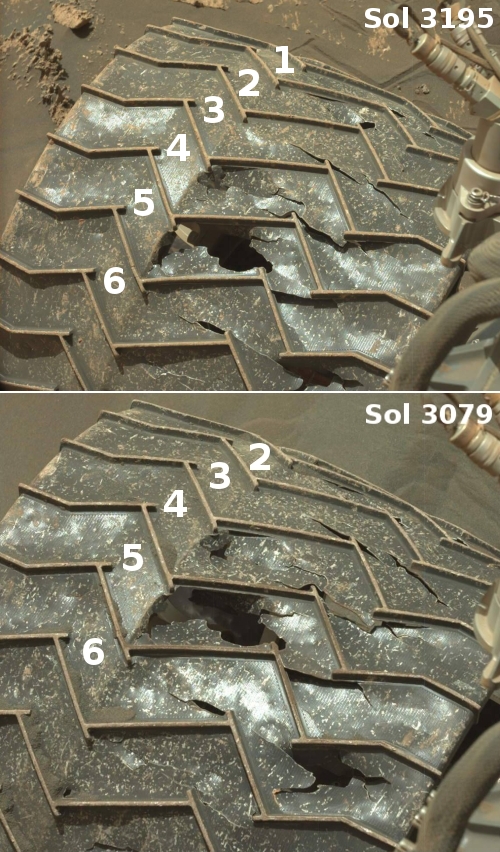Astra to attempt orbital launch later in August
Capitalism in space: The smallsat rocket company Astra has announced that it will attempt to complete its first successful orbital launch before the end of this month, launching a Space Force satellite.
The U.S. Space Force has booked two missions with Astra, the Bay Area company announced today (Aug. 5). The first flight will launch a test payload for the Department of Defense’s Space Test Program from the Pacific Spaceport Complex in Kodiak, Alaska, during a window that runs from Aug. 27 through Sept. 11.
Astra has two previous test launches that attempted to reach orbit and failed. The second barely missed, because of a fuel mixture issue that had it run out of fuel prematurely.
If successful, this will make Astra the third operational American smallsat rocket company, following Rocket Lab and Virgin Orbit. Four others have promised launches in 2021. By next year the competition in this smallsat launch industry should be quite fierce.
Capitalism in space: The smallsat rocket company Astra has announced that it will attempt to complete its first successful orbital launch before the end of this month, launching a Space Force satellite.
The U.S. Space Force has booked two missions with Astra, the Bay Area company announced today (Aug. 5). The first flight will launch a test payload for the Department of Defense’s Space Test Program from the Pacific Spaceport Complex in Kodiak, Alaska, during a window that runs from Aug. 27 through Sept. 11.
Astra has two previous test launches that attempted to reach orbit and failed. The second barely missed, because of a fuel mixture issue that had it run out of fuel prematurely.
If successful, this will make Astra the third operational American smallsat rocket company, following Rocket Lab and Virgin Orbit. Four others have promised launches in 2021. By next year the competition in this smallsat launch industry should be quite fierce.

